Cats, with their mysterious allure and independent nature, often leave us guessing about their behaviors and preferences. One of the most intriguing aspects of living with a feline companion is observing how they choose their favorite human in a household. Understanding the factors that influence this decision can deepen our bond with these enchanting animals and enrich our lives. Let’s dive into what makes a cat favor one person over another and what we can do to become our cat’s chosen companion.
The Role of Early Socialization
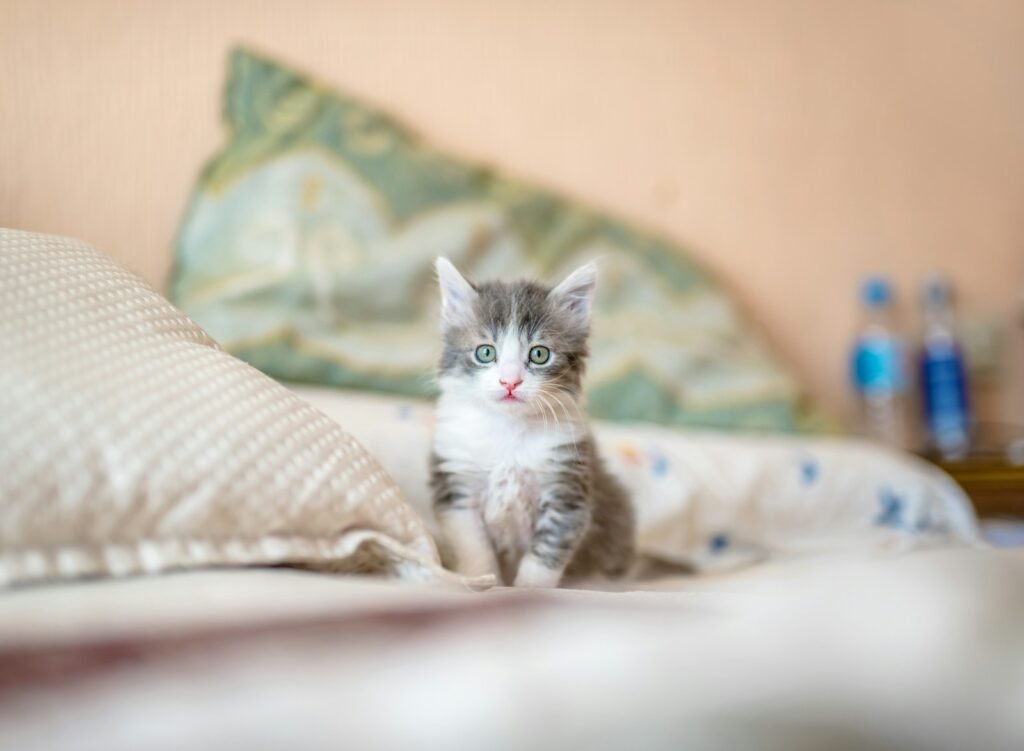
A cat’s early experiences play a critical role in shaping their preferences for human interaction. Kittens that are exposed to humans during their sensitive development period, around two to nine weeks of age, are more likely to form strong bonds with people. This early socialization helps them feel comfortable and secure around humans, potentially influencing their choice of a favorite person later in life.
Feeding and Positive Associations
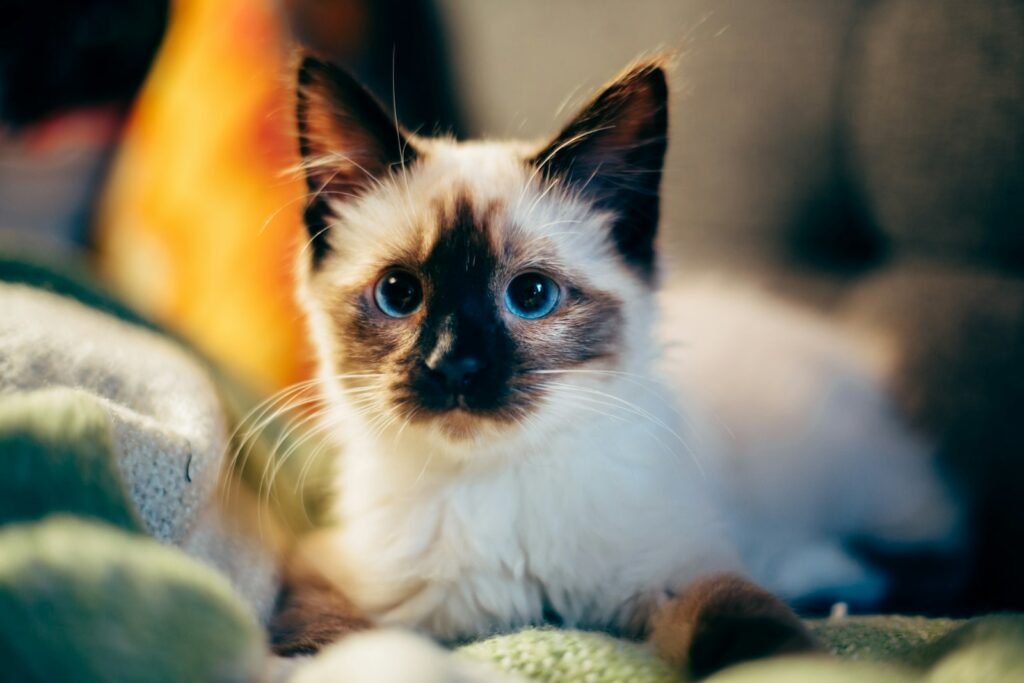
Feeding is one of the most direct ways to a cat’s heart. The person responsible for feeding a cat often becomes associated with positive experiences, which can enhance the bond between them. Providing meals and treats can create a sense of trust and reliance, making the provider a likely candidate for a cat’s favorite person.
Personality Compatibility
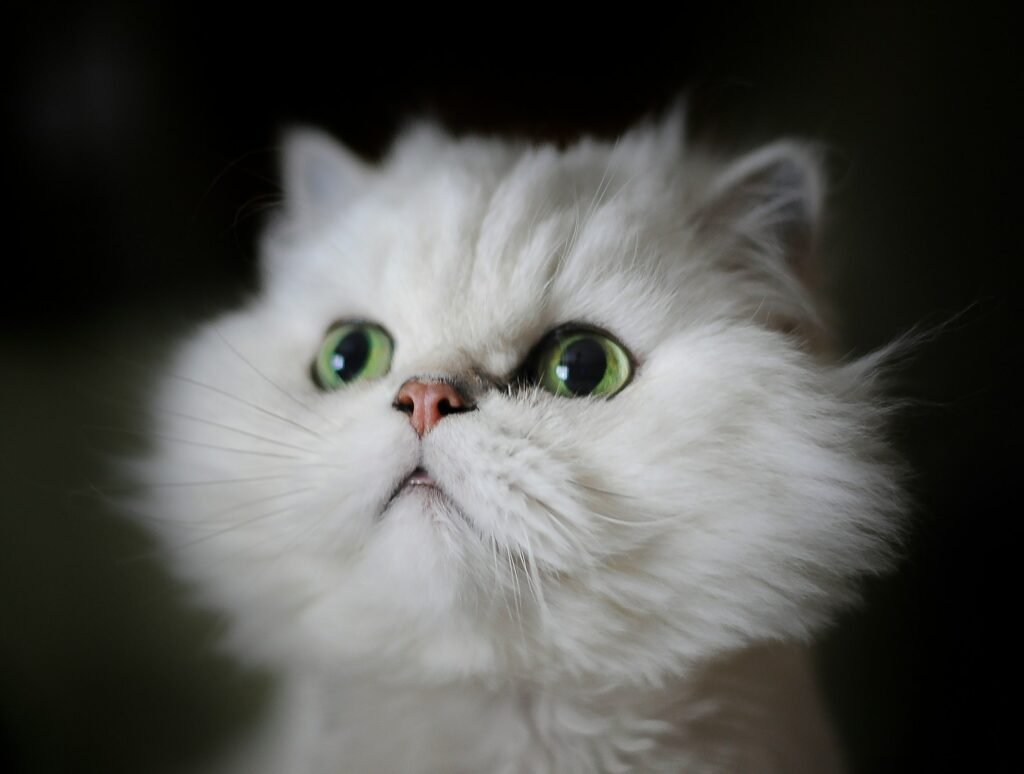
Cats, like humans, have unique personalities. Some are more social and playful, while others are more reserved or independent. Cats may gravitate towards individuals whose personalities are compatible with their own. For instance, a playful kitty may enjoy spending time with a person who engages in interactive play, while a more reserved cat might prefer a quieter, less intrusive companion.
Reading and Respecting Boundaries
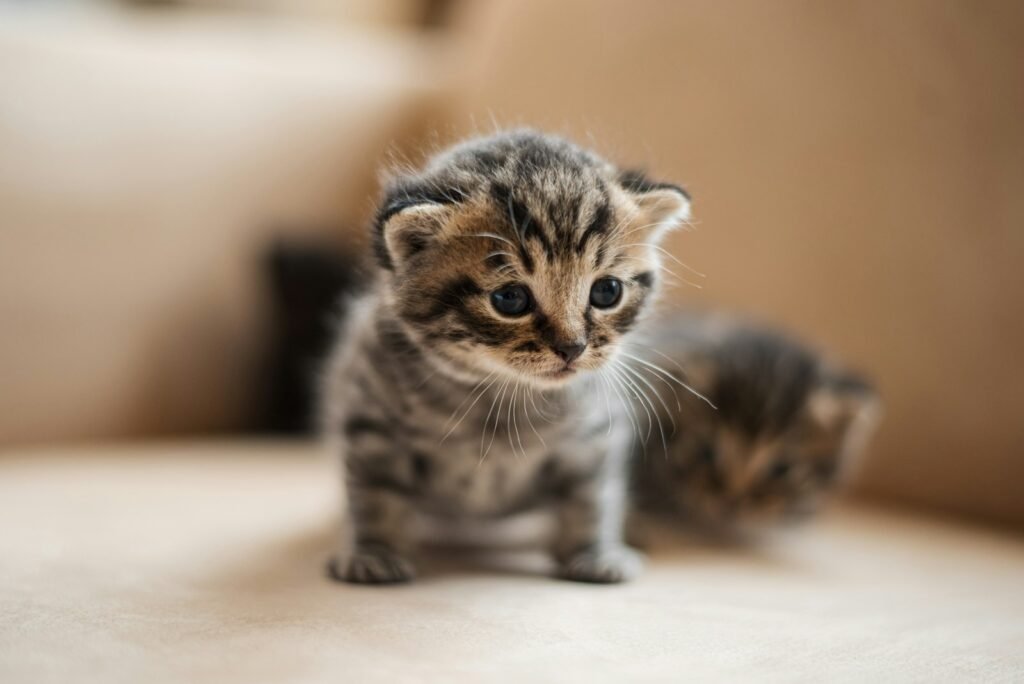
Cats appreciate individuals who understand and respect their boundaries. Unlike dogs, who are typically overt in their affection, cats may express their love through subtler gestures. A person who recognizes and respects these cues—such as a flick of the tail or a gentle headbutt—can become more appealing to a cat seeking a considerate companion.
The Importance of Routine
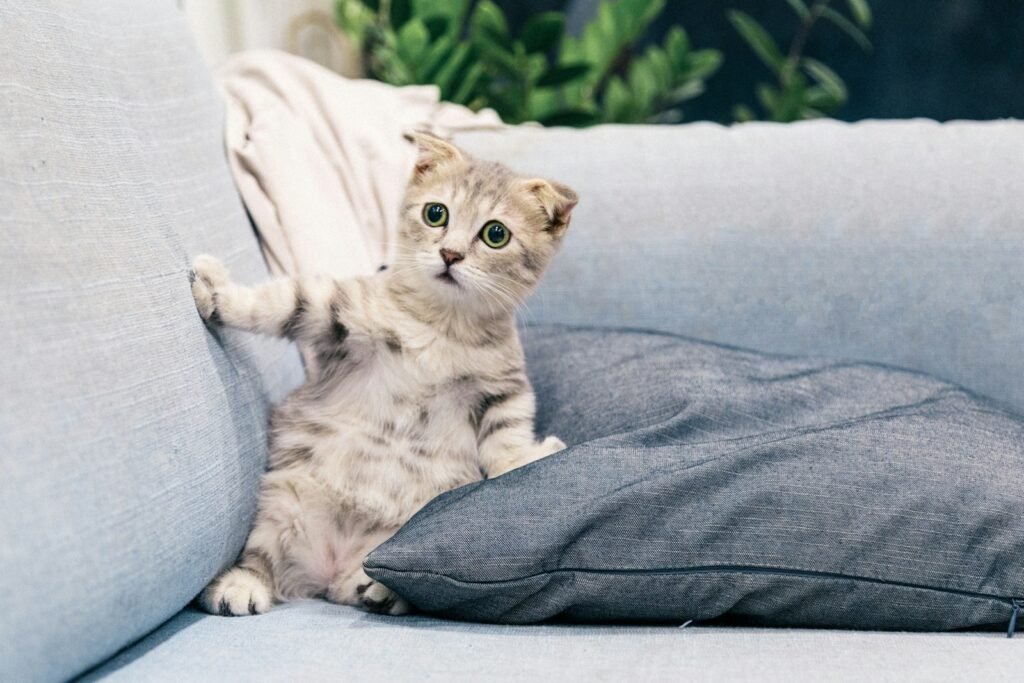
Cats thrive on routine and predictability. A household member who maintains regular feeding, play, and litter box cleaning schedules can become a source of stability in a cat’s life. This consistency can strengthen the bond between the cat and the person who provides such reliable care.
Quality Time and Engagement
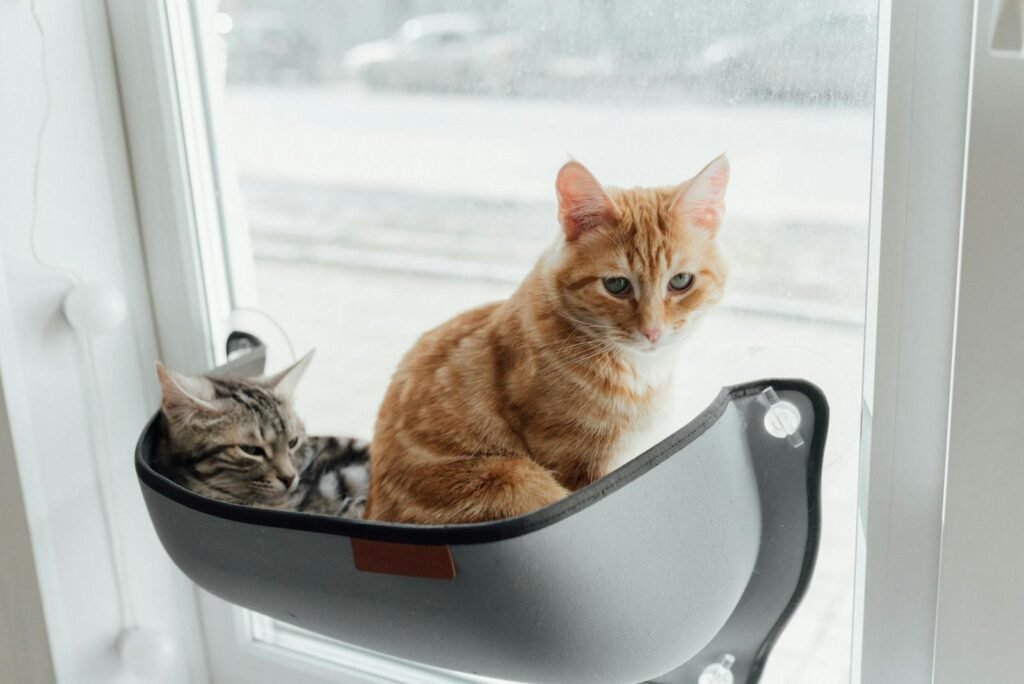
Spending quality time with a cat through play, grooming, and petting sessions can foster a stronger attachment. Engaging a cat in activities that stimulate their natural instincts, such as stalking and pouncing, can enhance the bond. Such interactions not only enrich the cat’s environment but also reinforce their connection to the person involved.
Understanding Cat Communication
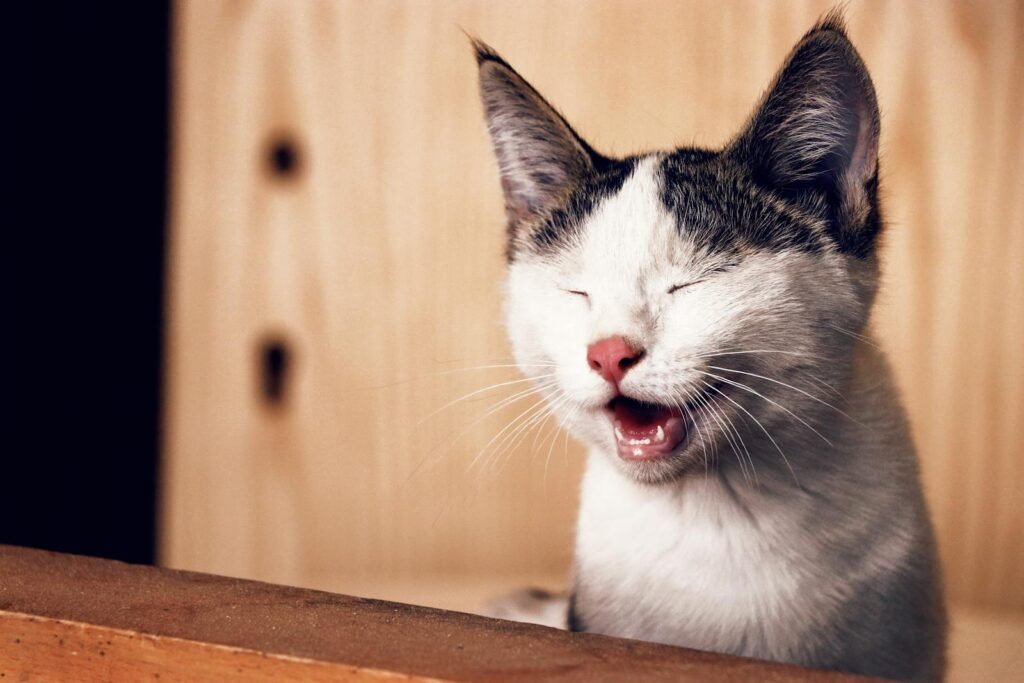
A person who understands feline body language and vocalizations can more effectively communicate with cats. Recognizing a cat’s needs and responding appropriately to their signals can lead to a deeper mutual understanding. This skill can make someone an attractive choice for a cat’s favorite person, as it facilitates smoother interactions and reduces potential stress or misunderstandings.
The Impact of Stress Levels
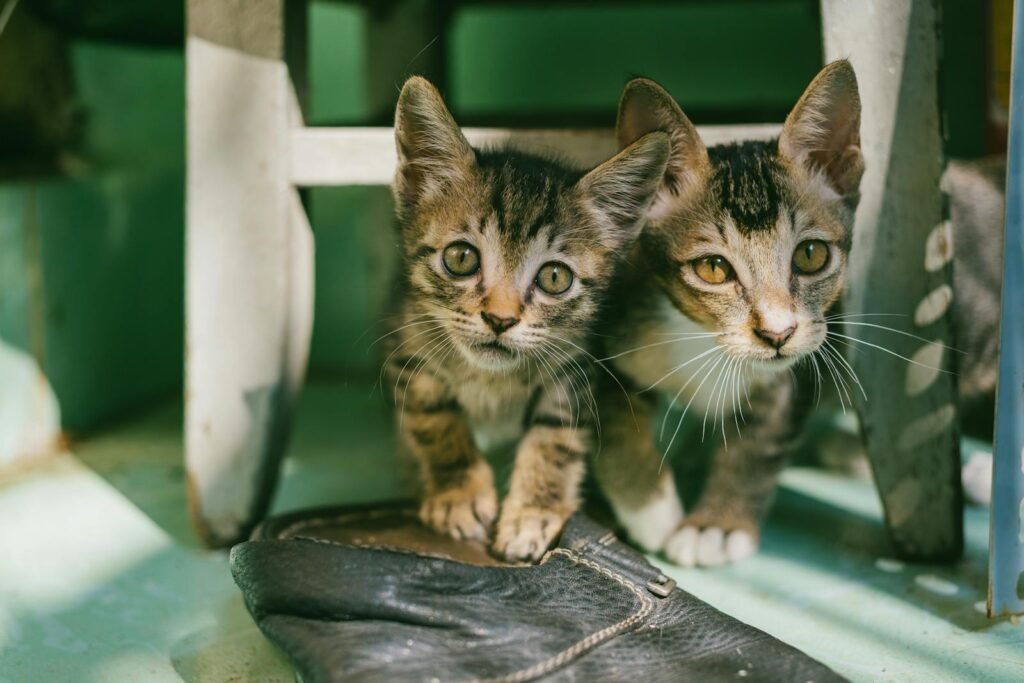
Cats are sensitive to the emotional states of the people around them. They may prefer individuals who exude calmness and serenity, especially if the household environment is otherwise hectic. A person who helps maintain a peaceful atmosphere can be reassuring for a cat, making them a preferred companion.
A History of Trustworthy Interactions

Over time, consistent, positive interactions build trust between a cat and a person. Cats are more likely to favor individuals who have consistently acted in their best interest, whether by providing comfort during stressful situations or avoiding actions that might cause distress.
The Role of Scent
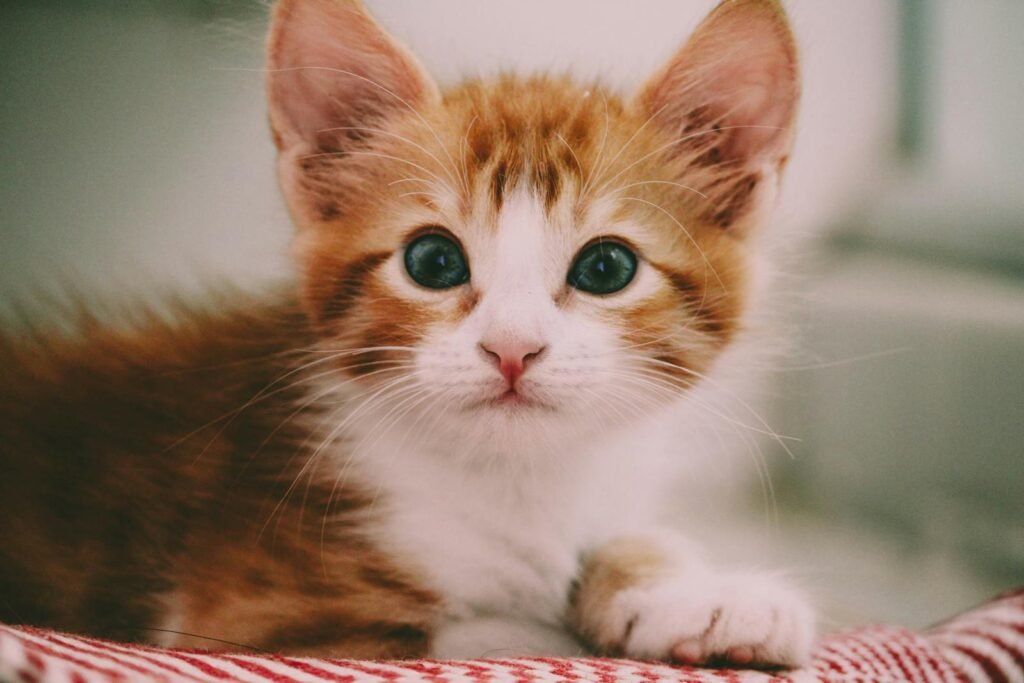
Scent plays a significant role in a cat’s world. They use scent to gather information about their environment and those within it. A person’s scent can become familiar and comforting to a cat, especially if the person regularly engages in nurturing behaviors. This olfactory recognition can be a component of a cat’s preference.
Physical Comfort and Affection
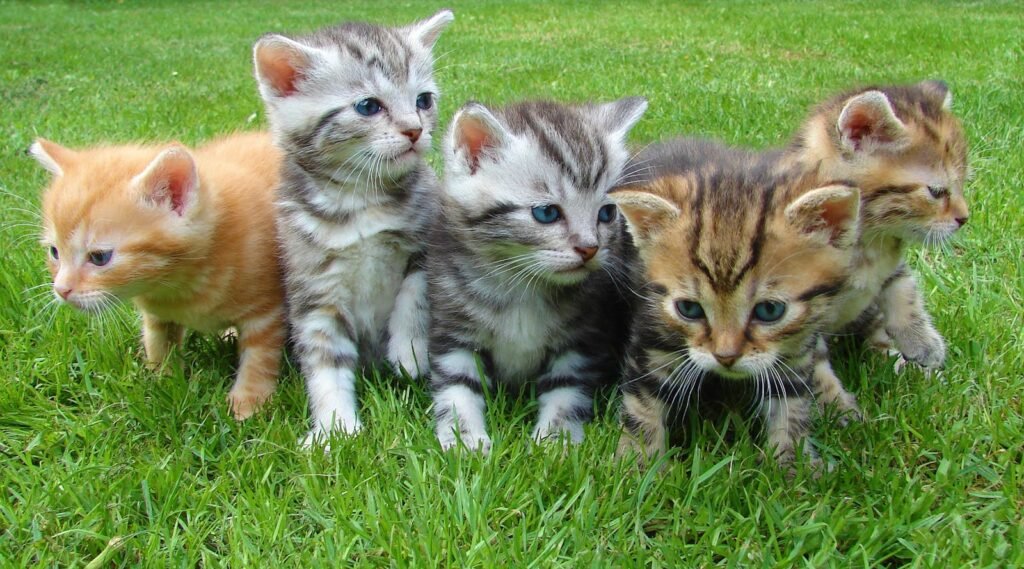
Some cats enjoy physical closeness and may select a person who provides ample affection such as petting or lap time. This kind of physical contact is rewarding for social cats, reinforcing their bond with someone who readily offers it. Recognizing and catering to a cat’s need for closeness can position someone as their favorite person.
Interaction Through Play
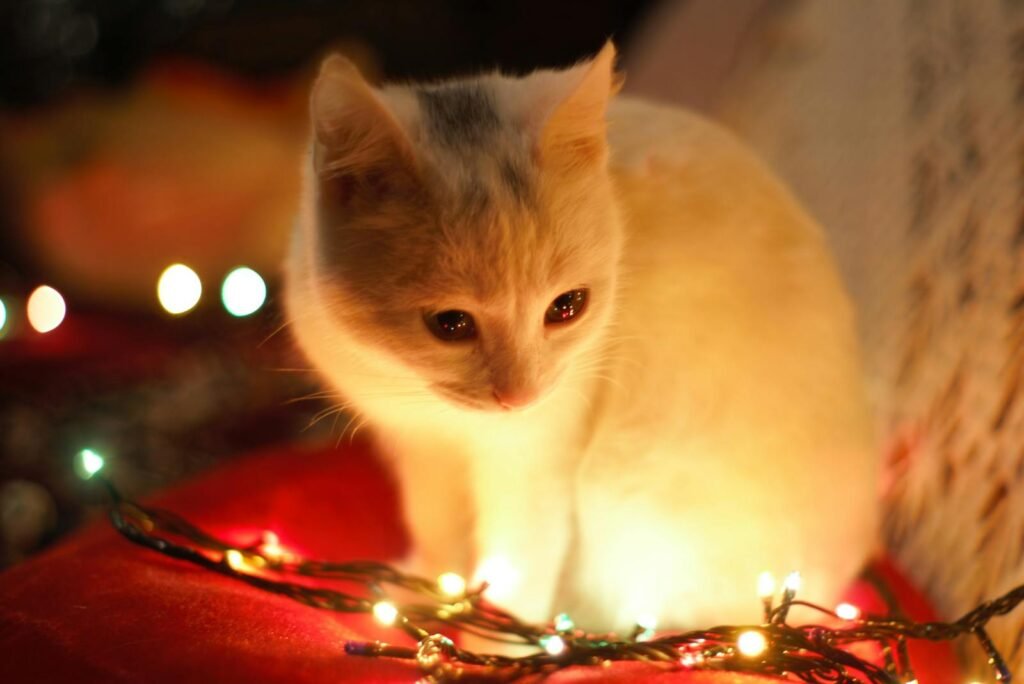
Play is vital for a cat’s physical and mental well-being. Engaging in regular play sessions not only provides exercise but also strengthens the human-feline bond. A person who consistently plays with a cat and uses toys to simulate hunting scenarios often becomes an integral part of the cat’s world.
Creating Safe Spaces

Cats value safety and security above all. A person who ensures their environment is safe from threats or stressors can help a cat feel more comfortable. Providing a cozy space for rest or a vantage point to survey their surroundings can further endear a person to a cat seeking refuge.
Recognizing Health and Wellness
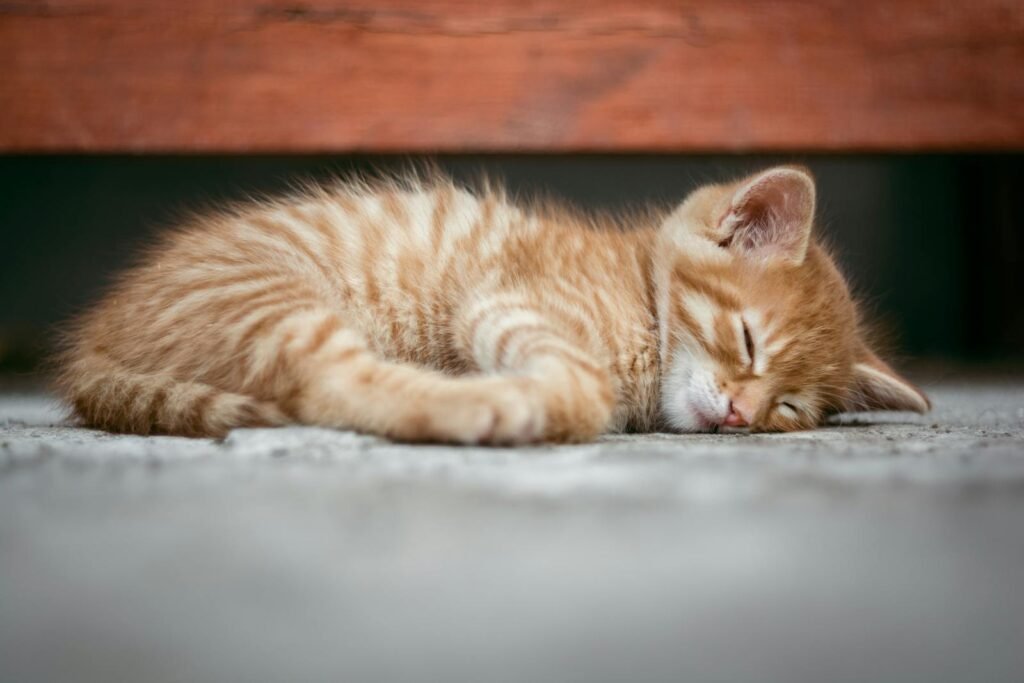
Cats may develop a preference for someone who is attuned to their health and wellness needs. Whether it’s noticing subtle changes in behavior that may indicate illness or ensuring regular veterinary care, cats can develop a bond with those who play an active role in maintaining their health.
Conclusion
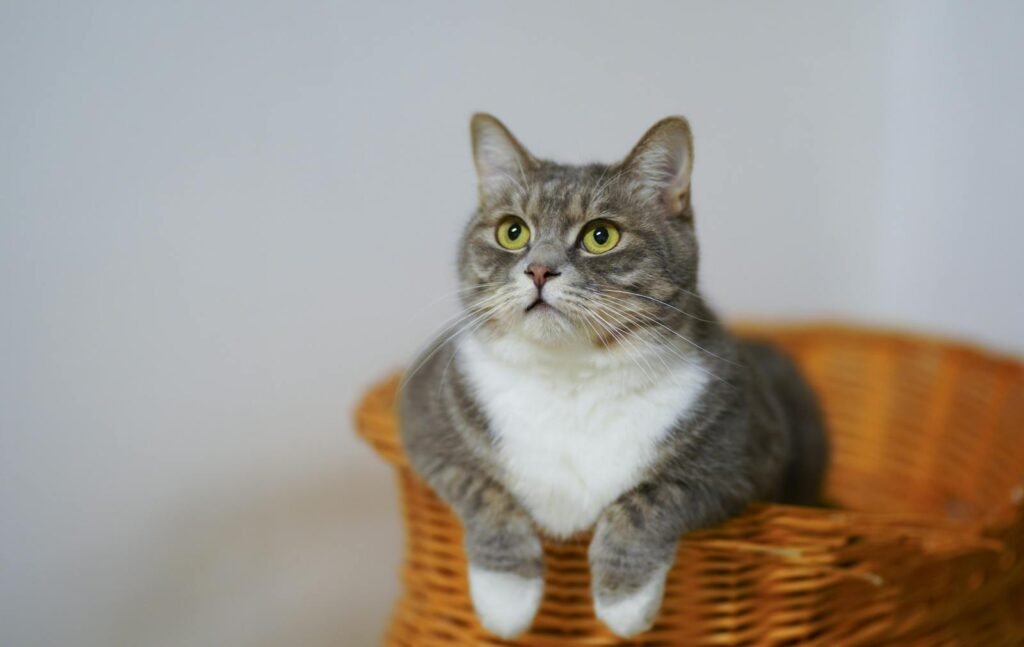
Understanding the factors that contribute to a cat’s choice of their favorite person in a household can pave the way for more meaningful connections. By respecting their individuality, providing consistent and positive interactions, and creating a nurturing environment, we can cultivate a rewarding friendship with our feline companions. Ultimately, earning the affection of such a discerning creature is an achievement that enriches both human and animal lives.







It is a pity, that now I can not express – it is compelled to leave. But I will return – I will necessarily write that I think.